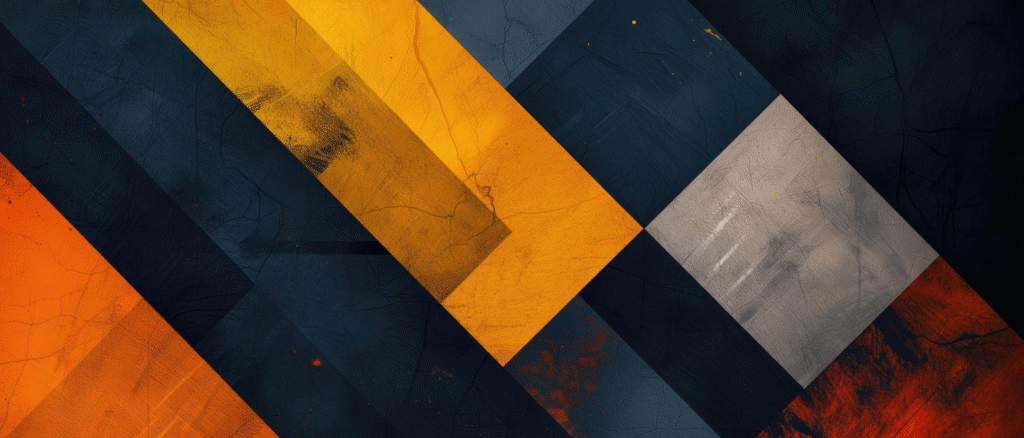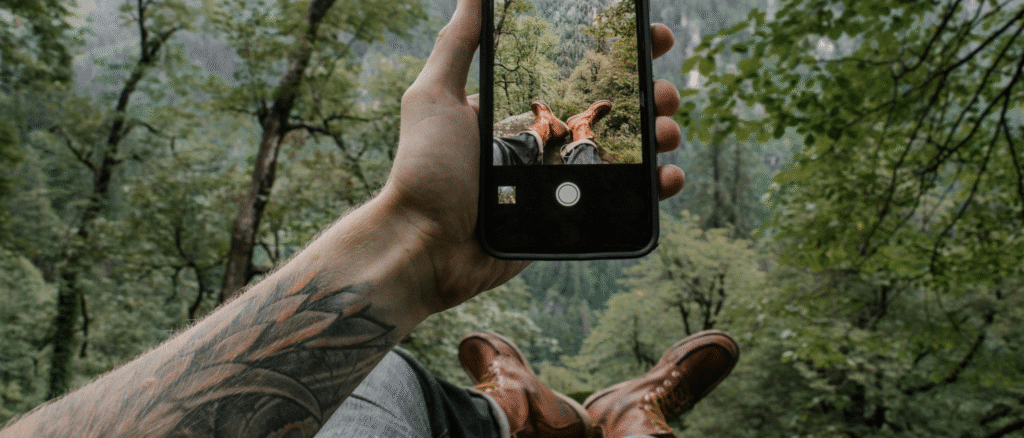May 13, 2025

 Production Brief
Production Brief
Introduction:
The world of design is constantly evolving, and one of the latest trends is incorporating natural elements into digital design. This shift is inspired by the growing need for calming and stress-relieving visuals that connect with users on a deeper level. Nature-inspired aesthetics—comprising earthy tones, organic shapes, and textures—have gained prominence as a way to create engaging, yet soothing digital experiences. By embracing these elements, designers are not only enhancing visual appeal but also alleviating anxiety and promoting a sense of well-being among their audiences.
Table of Contents
Key Takeaways
| Topic | Key Insight |
|---|---|
| Nature-Inspired Design Trend | Designs are shifting toward using natural elements, such as earthy tones and organic shapes, to create calming user experiences. |
| Earthy Tones | Colors like greens, browns, and beiges are being used to evoke feelings of tranquility and groundedness. |
| Organic Shapes & Textures | Soft, flowing lines and textured patterns mimic natural forms, adding warmth and depth to digital interfaces. |
| Impact on Anxiety | Nature-inspired design elements can help reduce stress and create a calming atmosphere, promoting mental well-being. |
| The Future of Design | The trend of incorporating natural elements is expected to grow, influencing a wide range of design practices in the digital world. |

1. Overview of the Nature-Inspired Design Trend
The nature-inspired design trend is becoming a major influence on digital design, especially in areas like web design, app interfaces, and branding. With the increasing need for more mindful and stress-free digital experiences, designers are turning to nature’s colors, forms, and textures to create a more harmonious user interface (UI). By using elements that evoke the outdoors, digital designers are tapping into a psychological connection with users, helping them feel more at ease when interacting with technology.
Natural elements, such as the soft hues of the forest, the rough textures of stones, and the fluidity of water, are being translated into design. This style can make websites and applications feel more grounded and welcoming, fostering positive emotional responses from users. The addition of organic shapes, reminiscent of leaves or flowing rivers, alongside earthy tones, gives a more authentic and tranquil vibe to digital products.

2. The Use of Earthy Tones in Design
One of the central components of nature-inspired design is the use of earthy tones. These colors—shades of green, brown, beige, and soft yellows—are associated with nature’s most comforting elements, such as forests, soil, and sunlight. When used in digital design, these hues can create a calming and grounded effect, enhancing the user experience.
Earthy tones are often used in combination to build a color palette that feels warm and inviting. These colors are also linked to various emotional benefits, such as promoting relaxation and mindfulness. By integrating these colors into digital products, designers can foster a more balanced and peaceful environment for users, allowing them to feel more connected to the natural world despite the digital medium.

3. Incorporating Organic Shapes and Textures
Another significant element of nature-inspired design is the use of organic shapes and textures. Unlike rigid, geometric forms, organic shapes are inspired by nature’s imperfections and fluidity. Think of shapes that resemble leaves, waves, or clouds—forms that flow and bend with no sharp edges.
These organic shapes can be incorporated into buttons, images, background elements, and typography, creating a sense of movement and tranquility. Textures such as wood grain, stone, or woven fabrics can also be used to simulate natural surfaces, adding depth and dimension to the design. The visual contrast between smooth and textured surfaces helps engage users, making the experience more dynamic while maintaining a relaxed atmosphere.

4. How Nature-Inspired Design Can Help Alleviate Anxiety
Incorporating natural elements into design isn’t just about aesthetics; it can also have a profound psychological impact. Research has shown that exposure to natural elements—whether in the real world or through digital environments—can help alleviate anxiety and stress. This is why nature-inspired design is so powerful in today’s digital landscape, especially as users seek relief from the overstimulation of modern technology.
By integrating elements of nature, designers can help create spaces that evoke calmness and mental clarity. The soft color palettes and organic shapes allow users to engage with digital content in a less jarring, more peaceful way. This can lead to a more positive emotional response and can even improve focus and productivity. As a result, nature-inspired designs can be particularly useful in environments where users may be dealing with high stress, such as healthcare apps or mindfulness platforms.

5. The Future of Nature-Inspired Digital Design
As the demand for more mindful and calming digital experiences grows, it is likely that nature-inspired design will continue to evolve and shape the future of digital aesthetics. The connection between humans and nature is undeniable, and designers are increasingly recognizing the importance of incorporating elements of the natural world into their work.
In the future, we may see even more advanced technologies being used to simulate natural environments, such as virtual reality (VR) experiences that transport users to tranquil forests or beaches. As design tools become more sophisticated, the possibilities for creating immersive, nature-inspired digital worlds will expand. For now, the trend of using earthy tones, organic shapes, and textures is here to stay, offering designers a rich palette from which to create engaging, relaxing, and visually stunning user experiences.

Final Thoughts:
The integration of natural elements into digital design is more than just a trend—it’s a movement towards creating calming, thoughtful, and engaging user experiences. By embracing nature-inspired aesthetics, designers can help alleviate anxiety, promote well-being, and build deeper emotional connections with their audiences. Whether through earthy tones, organic shapes, or textured surfaces, nature has a timeless appeal that can enhance the digital world in ways that are both meaningful and visually captivating. As we continue to embrace this movement, it’s clear that nature-inspired design will play an essential role in the future of digital aesthetics.
 Production Brief
Production Brief



